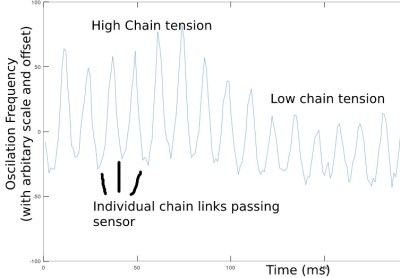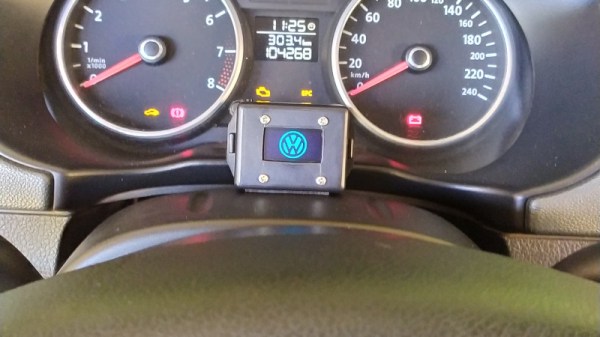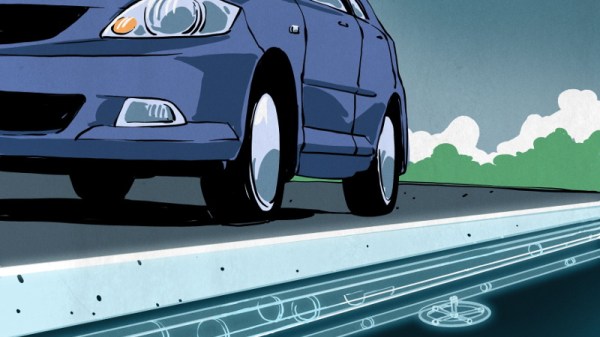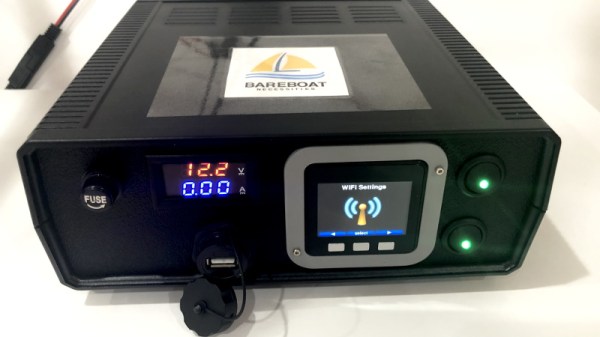The simmering duel between farmers and agricultural machinery manufacturers over access to the software to unlock the DRM which excludes all but the manufacturer’s agents from performing repairs goes on. How this plays out will have implications for the right to repair for everyone on many more devices than simply tractors. Events so far have centred on the American Midwest, but there is an interesting new front opening up in Australia. The Aussie government consumer watchdog, the ACCC, is looking into the matter, and examining whether the tractor manufacturers are in breach of the country’s Competition and Consumer Act. As ABC News reports there is a dual focus, both of the DRM aspect and on the manufacturer’s harvesting and lock-in of customer farm data.
This is an exciting turn of events for anyone with an interest in the right to repair, because it takes the manufacturers out of the comfort zone of their home legal environment into one that may be less accommodating to their needs. If Aussie farmers force them to open up their platforms then it will benefit all of us, but even if it fails, the fact that the issue has received more publicity in a different part of the world can only be a good thing. There are still tractor manufacturers that do not load their machines with DRM, how long will it be we ask before the easy repairability of their products becomes a selling point?
There are many stories relating to this issue on these pages, our most recent followed the skirmishes in Nebraska.
Thanks Stuart Longland for the tip.
Header image, John Deere under Australian skies: Bahnfrend (CC BY-SA 4.0).




















